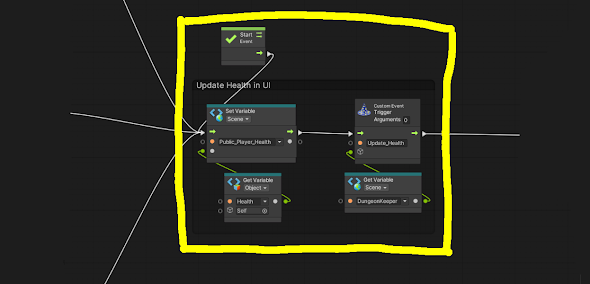I've been thinking recently (for obvious reasons) about a conversion I had with a friend almost 15 years ago about crowds in racing games. I can’t remember the games, but he was lecturing me about one of them being worse because the horrible, lazy developers just used 2D sprites to fill the crowd instead of making fully modeled people. At the time, I think I came down firmly on the side of “don't care.”
There are so many little pieces of a game that players barely see for a frame or two, like the Halo 3 rat, that still need to be there, but just barely. It's not like the player is going to be chatting to the crowd. It's not The Sims of Fable. You will not marry any of these people (Don't look at the top right). So, after more than a decade I am agreeing with my idiot, teenage self again. These 2D, repetitive bastards are staying in the game, maybe getting some friends.
The other side of my laziness is just the weird charm I feel from these older, much more jank games. I am still trying to figure out what it is, but I can't get over the trees, the ridiculous 2D bill-boarding trees in these old games. They're fantastic in a way that almost no properly modeled, high poly, shaded out trees are. It reminds me of the jump in video quality from film to digital when the technology first came out. Digital eventually caught up in quality, but the immediate jump was worse.
There was a whole generation of developers who painstakingly drew out these pixely little trees. They mastered making these things look as beautiful and inviting as possible given the technological limitations. We jumped from these (Pictured right) to the Halo 1 Blood Gulch tree that had about six polygons, and while the trees in RDR2 and Battlefield 1 are not light years ahead of these palms, I still do love them.
Thanks for reading my ramblings about 2D trees and copy/paste crowds. If you're interested in not seeing these people as you whip by, you can wishlist Tire Fire Rally here.





















